Last Updated on August 2, 2021

For several years now, we've known that Disney's FROZEN had undergone an assortment of changes before the final version of the film was unleashed upon the world. There have been plenty of stories regarding what could have been for The House of Mouse's re-imagining of Hans Christian Andersen's The Snow Queen, and now, we've got some major details concerning the original ending of the film straight from the movie's producer Peter Del Vecho.
Recently, Del Vecho participated in an interview for an issue of Entertainment Weekly's Untold Stories, and detailed how Elsa's characterization changed the animated musical's final act and how the team executed an ending that would change the Disney princess game forever. When asked to give the specifics about the alterations to the film, Del Vecho stated, "With all the movies we were work on, eventually the film tells you what it needs to be and if you’re smart enough to listen to that, it leads you to a different direction than perhaps your preconceived notion. So when we started off, Anna and Elsa were not sisters. They weren’t even royal. So Anna was not a princess. Elsa was a self-proclaimed Snow Queen, but she was a villain and pure evil — much more like the Hans Christian Andersen tale. We started out with an evil female villain and an innocent female heroine and the ending involved a big epic battle with snow monsters that Elsa had created as her army…"
With Elsa poised to be a staight-up villain, jilted after being dumped by her lover, the FROZEN team eventually began to think quite differently about the direction their film was heading toward. Not content to have the film be just another in a very long list of predictable Disney Princess narratives, the minds behind the film decided to buckle down and figure out a way to switch things up rather drastically. Here's Del Vecho, once again, giving an explanation for the team's change in attitude and heart, "The problem was that we felt like we had seen it before. It wasn't satisfying. We had no emotional connection to Elsa — we didn’t care about her because she had spent the whole movie being the villain. We weren’t drawn in. The characters weren’t relatable."
It was at this time that director Chris Buck and director and co-writer Jennifer Lee began asking some important questions: Does Elsa have to be a villain? … And what if Elsa and Anna were sisters?
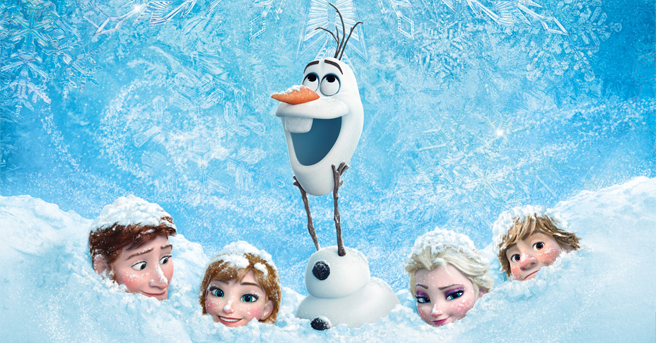
Del Vecho was willing to share his thoughts on this as well by saying, “Making them related led us to the idea of her living in fear of her powers. What if she’s afraid of who she is? And afraid of hurting the ones she loves? Now we had a character in Anna who was all about love and Else who was all about fear. That led to making Elsa a much more dimensional sympathetic character, and instead of the traditional good vs. evil theme we had one that we felt was more relatable: Love vs. fear, and the premise of the movie became that love is stronger than fear."
Del Vecho then continues, "One of the things Chris Buck had in most versions of the film was a moment where Anna’s heart was frozen and needed to be thawed. Chris said, ‘Does it always need to be true love’s kiss that solves that problem? Does it always have to be the man who comes in and rescues the female? Could it be something different?’ and that led to a different ending. Now that they’re related, Elsa had her own fear and it was Anna who would save the day instead of Elsa by rescuing her sister — and it would be that selfless act that thawed Elsa’s heart. Once we landed on that idea for an ending [Disney animation chief] Ed Catmull called in Jen Lee and said, ‘If you can make that ending pay off and if we can really feel it, I think we’ll have a successful film. And if you don’t … we’ll have nothing.’ … So that really put the pressure on her to make that work.”
With these revelations firmly in place, it was time for the team to discover an emotionally impactful ending to drive it all home to audiences around the world. Writer/director Jennifer Lee then got to work on penning a final act that would eventually go on to be recognized as something of a sea change for the storied animation house. Del Vecho spoke on this process as well by saying, "She [Lee} crafted a great ending, the problem was it was difficult to stage. We couldn’t figure out a way, logistically, to stage it. It’s easy in hindsight. But John Ripa, a story artist, had an idea. He couldn’t articulate it in a way that made sense, so he said, ‘Let me go off and storyboard this ending.’ He went off, boarded it and came back in, and what he showed was that Elsa’s emotions created a white out blizzard.
That allowed us to isolate Hans and Elsa from Anna searching for Kristoff through the mist. That way we can reveal Kristoff just moments before we reveal Elsa to Anna, and it allowed the timing we needed. When he pitched that ending [Disney Chief Creative Officer] John Lasseter, the directors and the whole story team stood up and gave him a standing ovation. He helped crack visually how we were going to depict that ending."
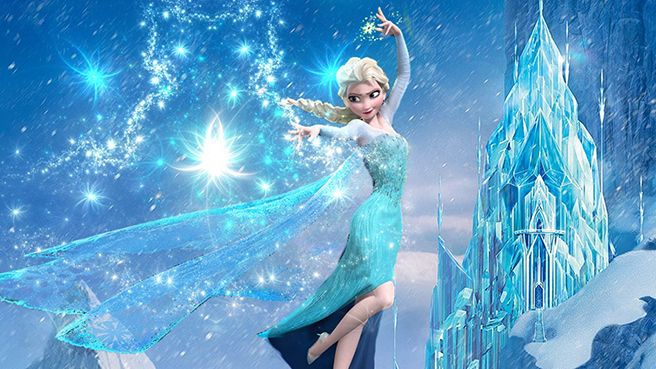
I for one am thrilled by the amount of effort and heart that Team FROZEN put into the making of this film. For me, the final act of this heart-warming animation is what set it apart from decades-worth of Disney princess films that had come before it. The fact of the matter is that the guy doens't always need to rescue the girl, princesses are warriors too, and familial love is just as strong (if not stronger) as any romance trope that Disney has presented viewers with in the past. I don't mean to knock any of the legendary company's other films, I'm simply thrilled to see that things have finally changed and that the creative minds in charge of these stories are taking chances with a formula that in my opinion is far beyond its expiration date.
You can catch Disney's FROZEN on Digital, Blu-Ray and DVD right now.


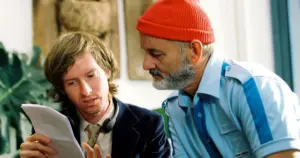
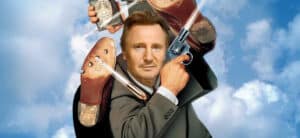
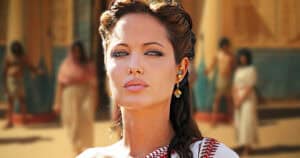
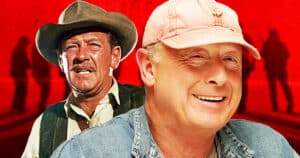
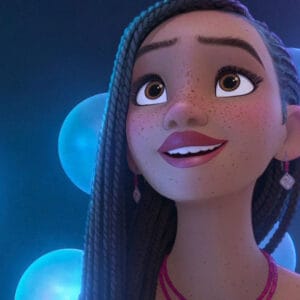
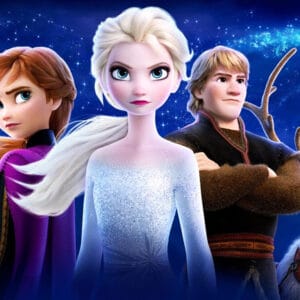
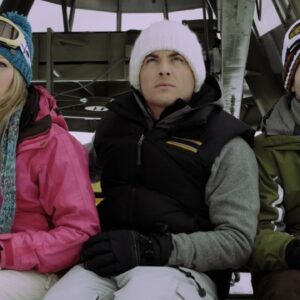
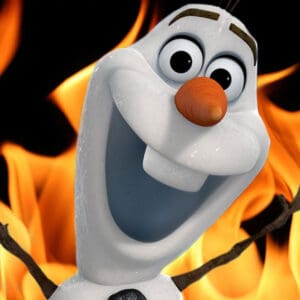
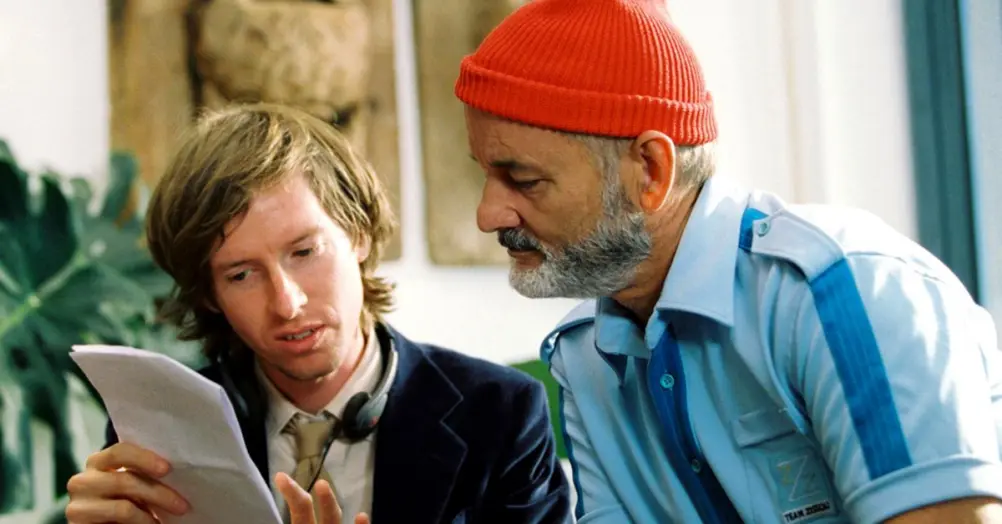
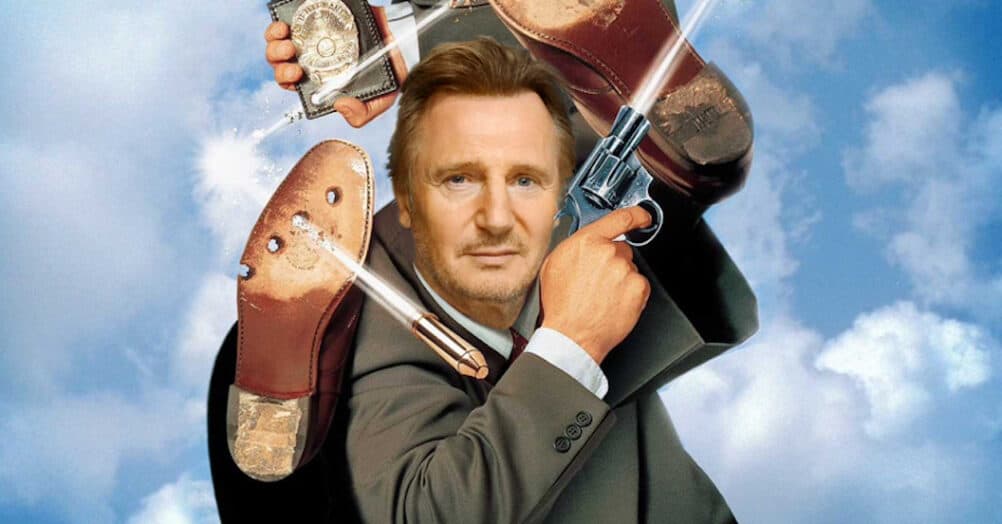
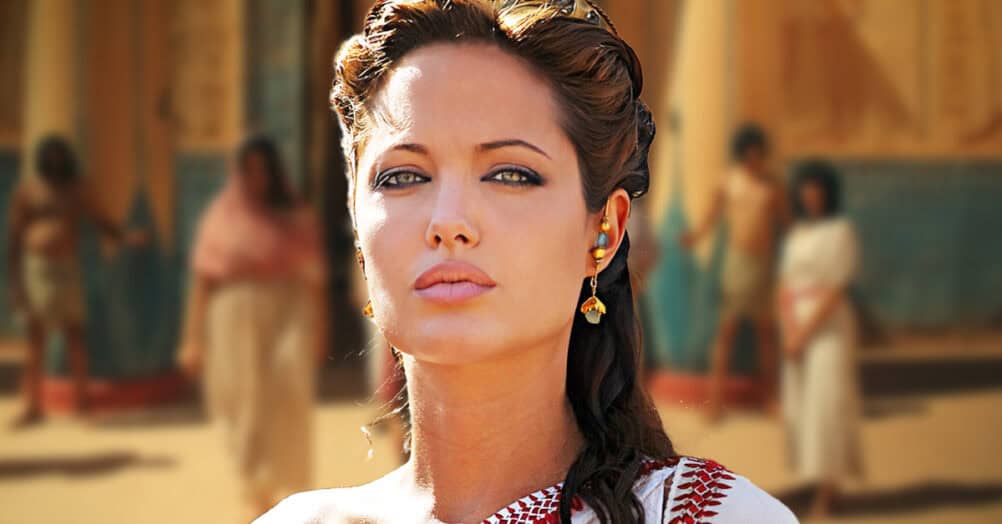
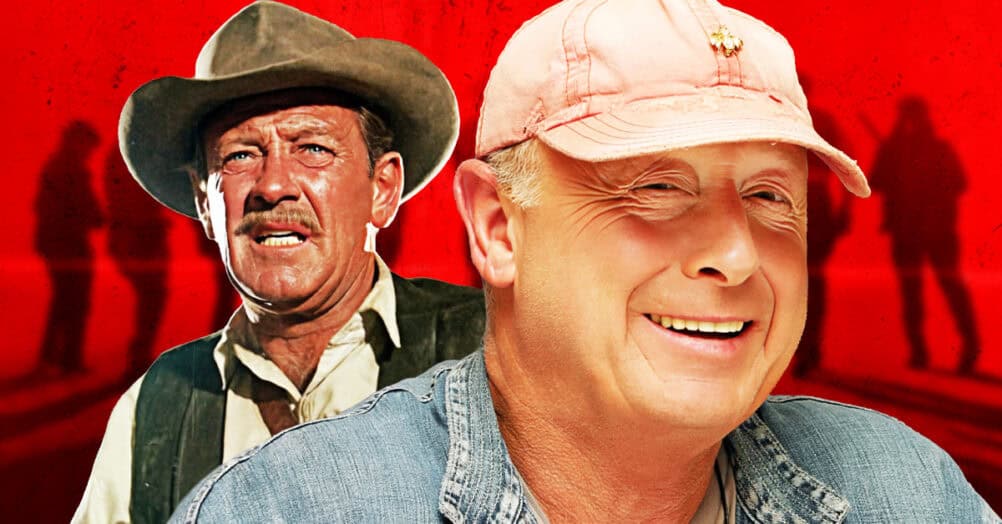
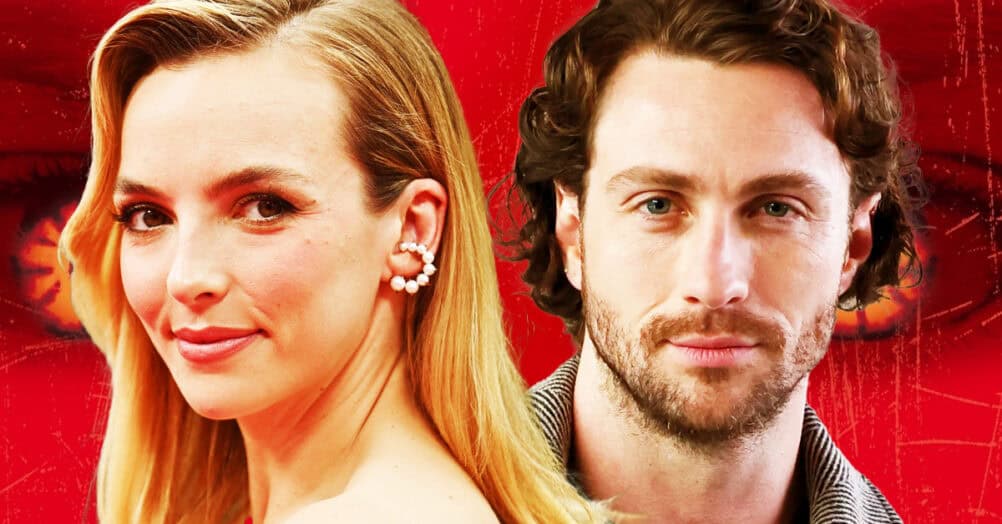
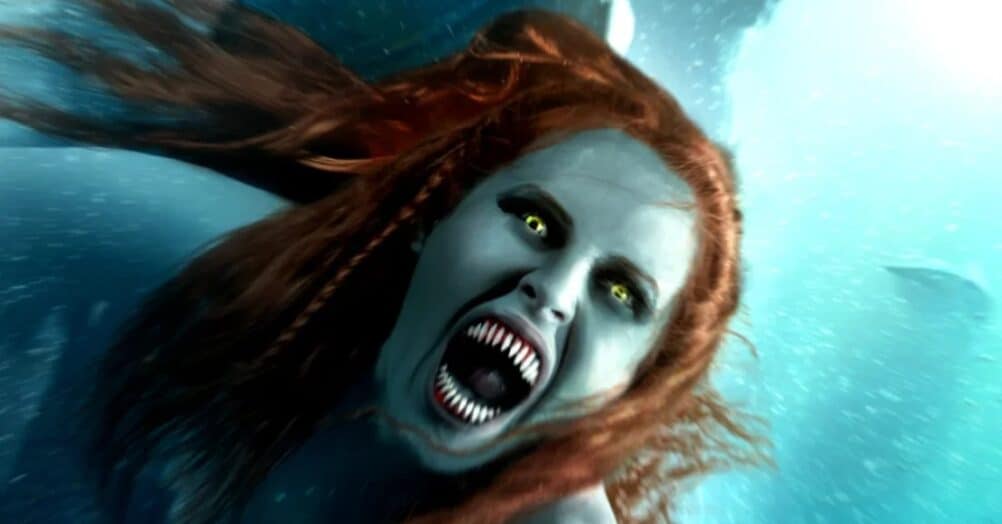
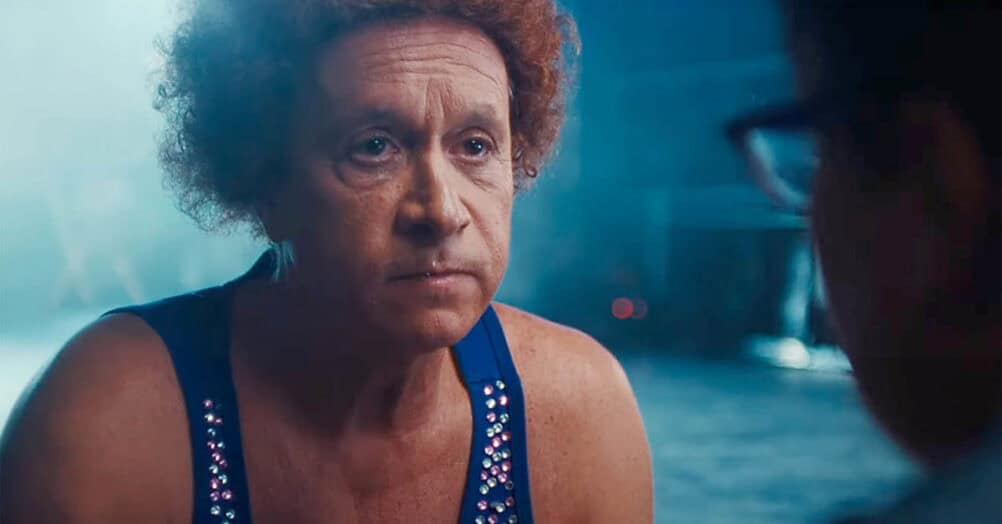
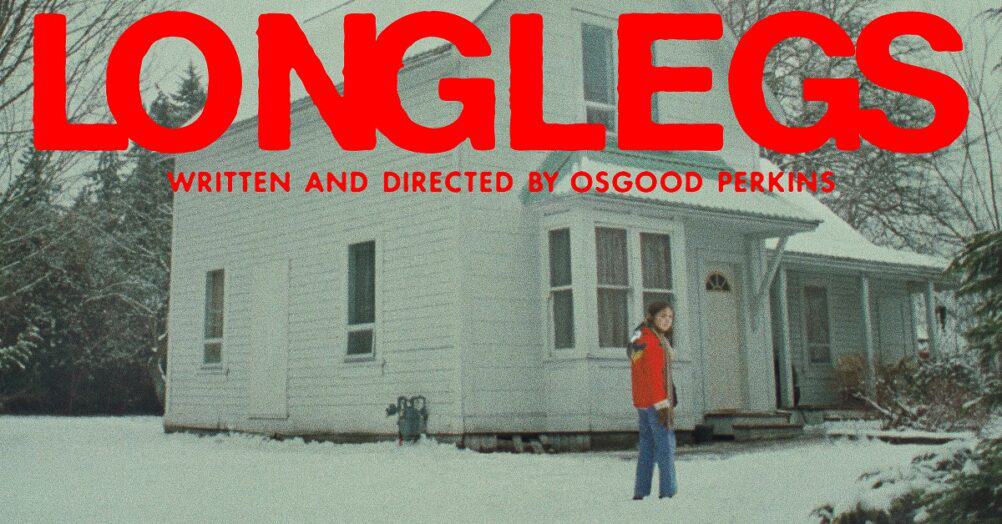
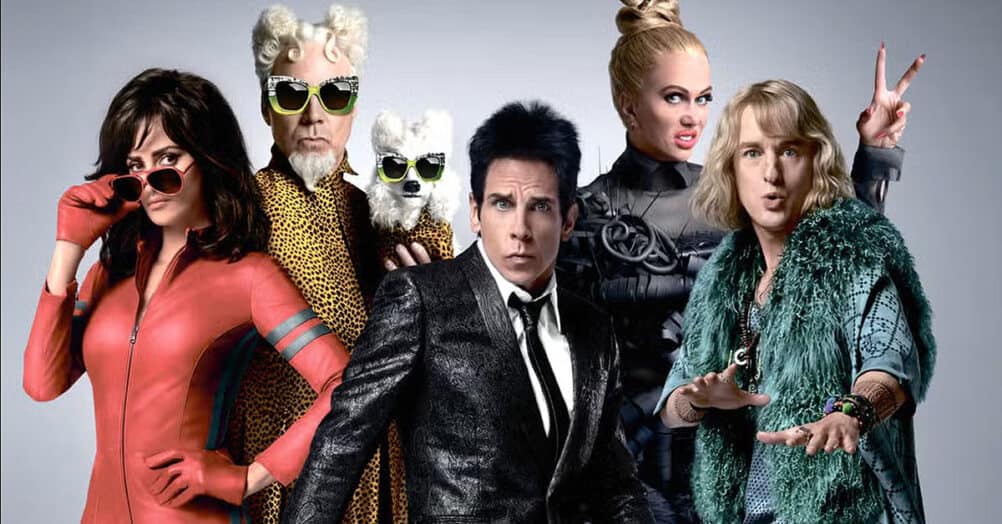
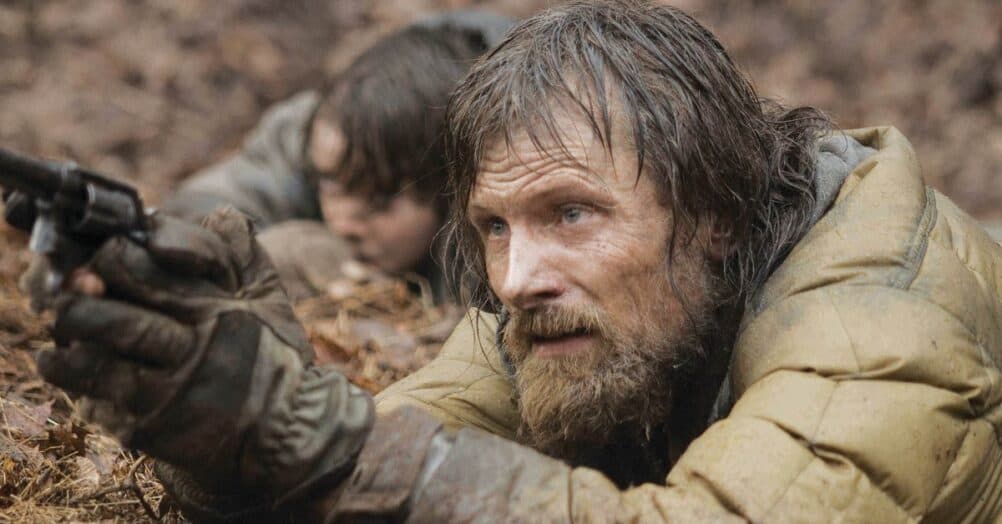
Follow the JOBLO MOVIE NETWORK
Follow us on YOUTUBE
Follow ARROW IN THE HEAD
Follow AITH on YOUTUBE